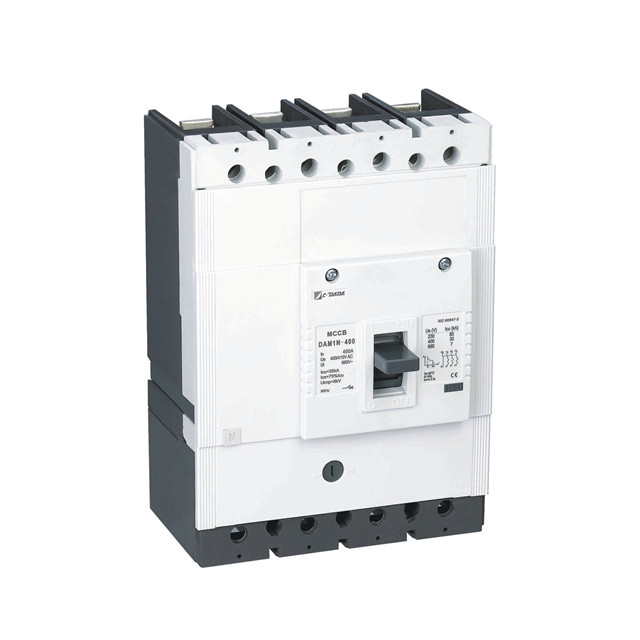Introducing Electronic Circuit Breakers in MCCB:Electronic circuit breakers are becoming increasingly popular in modern electrical systems, providing enhanced safety and efficiency compared to conventional circuit breakers. The integration of electronic components in circuit breakers offers advanced monitoring and protection features that can significantly improve the performance and reliability of electrical installations. In this article, we will explore the concept of electronic circuit breakers in the context of Molded Case Circuit Breakers (MCCBs) and introduce some of the models available in the market.
MCCBs have long been the preferred choice for protecting electrical circuits against overloads and short circuits. They are commonly used in residential, commercial, and industrial settings due to their reliability and ease of installation. However, traditional MCCBs have certain limitations when it comes to monitoring and diagnostics of electrical systems. This is where electronic circuit breakers come into play.
Electronic circuit breakers, such as the DAM1-250, DAM1-630(400), DAM1-800, and DAM1-1600, integrate digital technology with the traditional MCCB design. These models offer advanced functions that enhance the protection and control of electrical circuits. The DAM1-250, for instance, is designed for voltages up to 415V and provides convenient LCD displays for displaying real-time information about current, temperature, and fault conditions. It also features advanced trip unit options, allowing users to customize the circuit breaker’s response to different types of faults.
One of the significant advantages of electronic circuit breakers in MCCBs is their ability to provide accurate and detailed information about the electrical system’s operation. With traditional MCCBs, it can be challenging to identify the cause of a tripped circuit breaker or diagnose underlying issues. Electronic circuit breakers overcome this limitation by continuously monitoring key parameters and providing comprehensive trip information. The DAM1-630(400) model, for example, offers built-in communication capabilities, allowing seamless integration with supervisory control and data acquisition (SCADA) systems, enabling real-time monitoring and remote control of electrical circuits.
Introducing Electronic Circuit Breakers in MCCB:In addition to improved monitoring and diagnostics, electronic circuit breakers offer enhanced protection features. These models can detect and respond to different types of faults more effectively, reducing the risk of damage to electrical equipment and preventing potential fire hazards. For instance, the DAM1-800 and DAM1-1600 models incorporate advanced protection algorithms that can accurately differentiate between overloads, short circuits, and ground faults, enabling faster tripping and isolating the faulty circuit.
Furthermore, electronic circuit breakers provide flexibility and ease of use. With their digital displays and user-friendly interfaces, these models simplify the configuration and adjustment of various parameters, making them suitable for a wide range of applications. The DAM1-1600, with its high breaking capacity of up to 1600A, can cater to demanding industrial environments while allowing precise adjustment of trip settings based on specific system requirements.
In conclusion, the introduction of electronic circuit breakers in MCCBs brings numerous benefits to electrical systems. These advanced models, such as the DAM1-250, DAM1-630(400), DAM1-800, and DAM1-1600, enhance the monitoring, diagnostics, and protection capabilities of traditional MCCBs. With their ability to provide real-time information, advanced trip unit options, and seamless integration with SCADA systems, electronic circuit breakers ensure safer and more efficient operation of electrical installations. Whether in residential, commercial, or industrial settings, upgrading to electronic circuit breakers is a step towards a more intelligent and reliable electrical infrastructure.
Post time: Jul-13-2023


